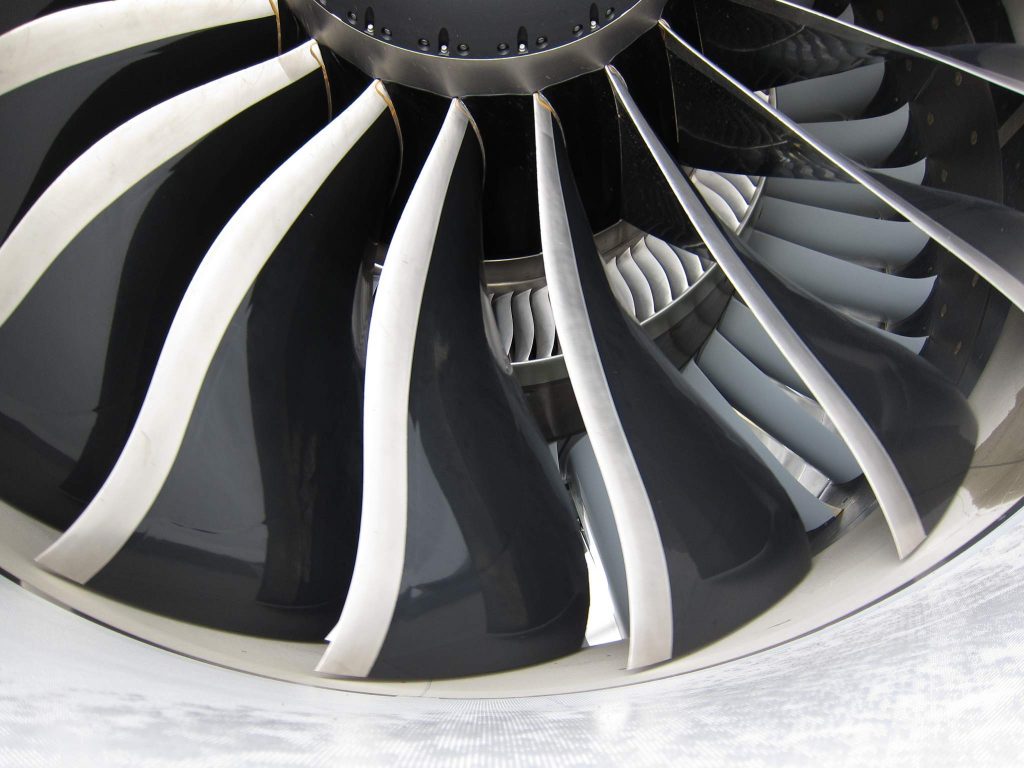UPDATE: We have been informed by Carnegie Mellon University’s College of Engineering that the information originally presented in this article cast the research findings incorrectly. When writing the original article, we did not interview the primary investigator or co-authors. This unfortunately led to misunderstandings of the study on our part. However, the article has since been updated to more accurately represent the research.
It is now our understanding that the study focuses on improving the internal structure of metals for additive manufacturing (3-D printing) in order to create stronger, more reliable parts. This groundbreaking research is showing how to eliminate porosity in additively manufactured parts; knowledge which will be transitioned to industry within the next five years. For the official statement from Carnegie Mellon University’s College of Engineering.
Titanium has become a firm favorite in the 3-D printing space for medical and aerospace industries, and a recently published study from Carnegie Mellon University’s College of Engineering suggests that 3-D printed titanium may be about to get much stronger.
Deeply penetrating x-rays have revealed porosity in 3-D printed titanium that can be traced back to its manufacture and to its powder-based production method. By understanding and controlling 3-D printing process parameters, Carnegie Mellon researchers have begun to show how to eliminate porosity in additively manufactured parts—an important new capability in the field of 3-D printing.
Looking deep into 3-D printed titanium
Carnegie Mellon University, with its NextManufacturing Center, is one of the world leaders in 3-D printing research and has produced groundbreaking research over the years. For this study, primary investigator Anthony Rollett, professor of materials science and engineering and associate director of the NextManufacturing Center, took printed versions of the most common form of titanium alloy, Ti-6AI-4V, to the U.S. Department of Energy’s (DOE’s) Argonne National Laboratory for high-resolution 3-D imaging and measurement. There, Rollett analyzed the material with intense synchrotron x-rays and an advanced rapid imaging tool.
“Like any other metal, titanium has a certain amount of fatigue resistance until it cracks or breaks,” said Rollett in a recent Argonne National Laboratory article. “The more porosity in the printed metal, the more its resistance to fatigue is decreased.”
Titanium is currently the preferred material for 3-D printing in prosthetics, bone implants, and airplanes. That is due to its reliability, resistance to corrosion and outright strength. As these industries move to 3-D printing more and more items with demanding applications, controlling and eliminating porosity is a crucial challenge. That’s where Carnegie Mellon research comes in.
This challenge is addressed head-on in this recently published study in The Journal of The Minerals, Metals & Materials Society. With new knowledge of how to manipulate the 3-D printing process to eliminate porosity and as well as high-resolution imaging to measure these pores, Rollett and his collaborators say they are confident that this challenge can be met.
Finding the sweet spot
In the study, Rollett characterized a variety of material samples printed to different specifications. The power, speed and spacing of the electron or laser beam allied with the powder characteristics can all have an impact on the porosity. Each technique has its own benefits, but these new findings could mean that we change the way we print titanium and other metals.
The Carnegie Mellon team will now look at the titanium powder itself to see if there is a way to reduce porosity at the powder stage. Even changing the alloy compound could be an option.
Technology has moved at an exciting rate in the 3-D printing world and we are inevitably going to find challenges along the way. Now Carnegie Mellon has identified this one and found an answer, which will mean stronger, more reliable 3-D printed parts in industry.




